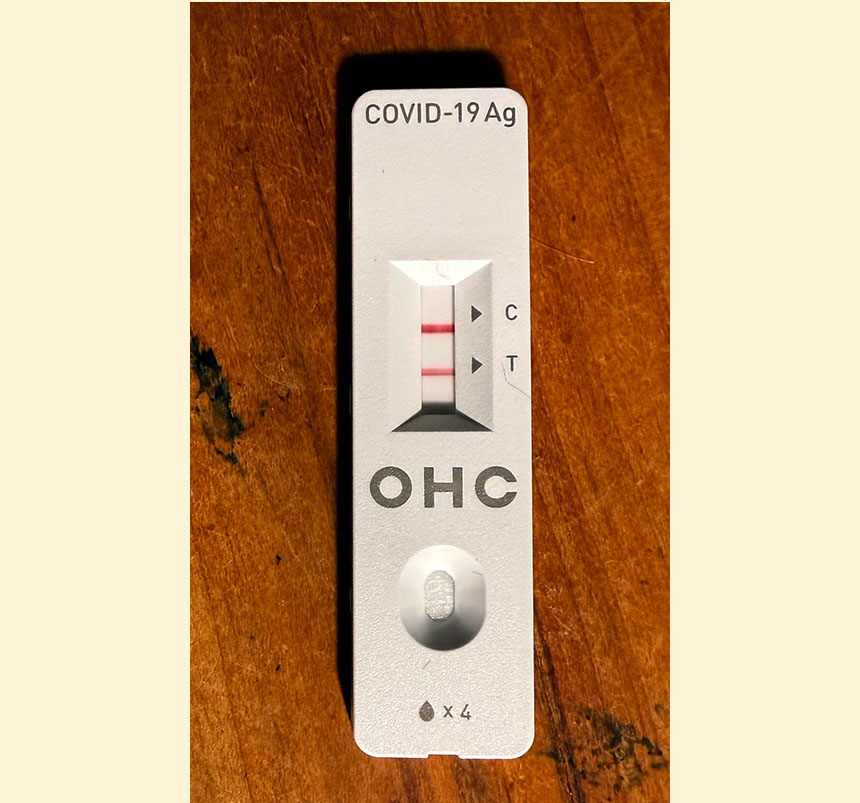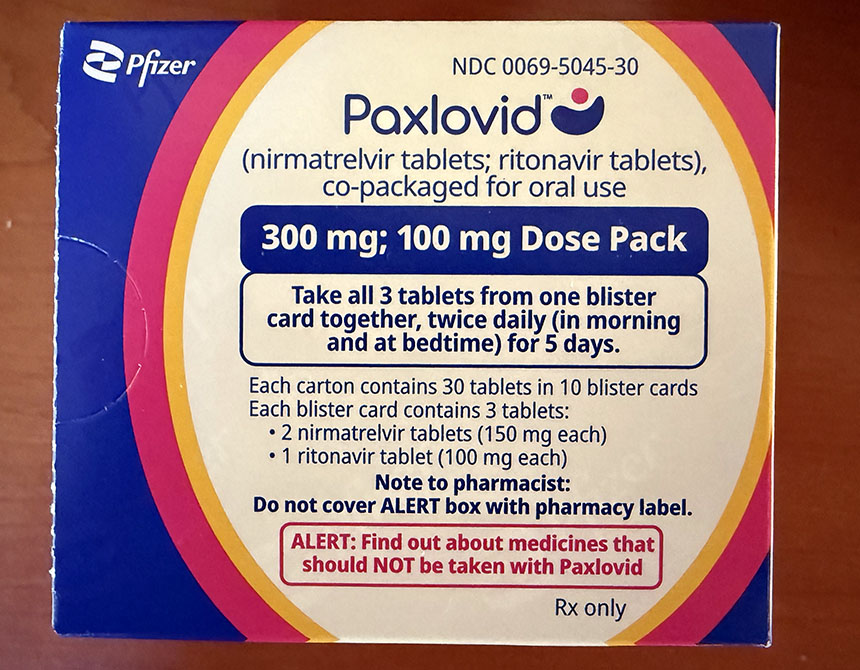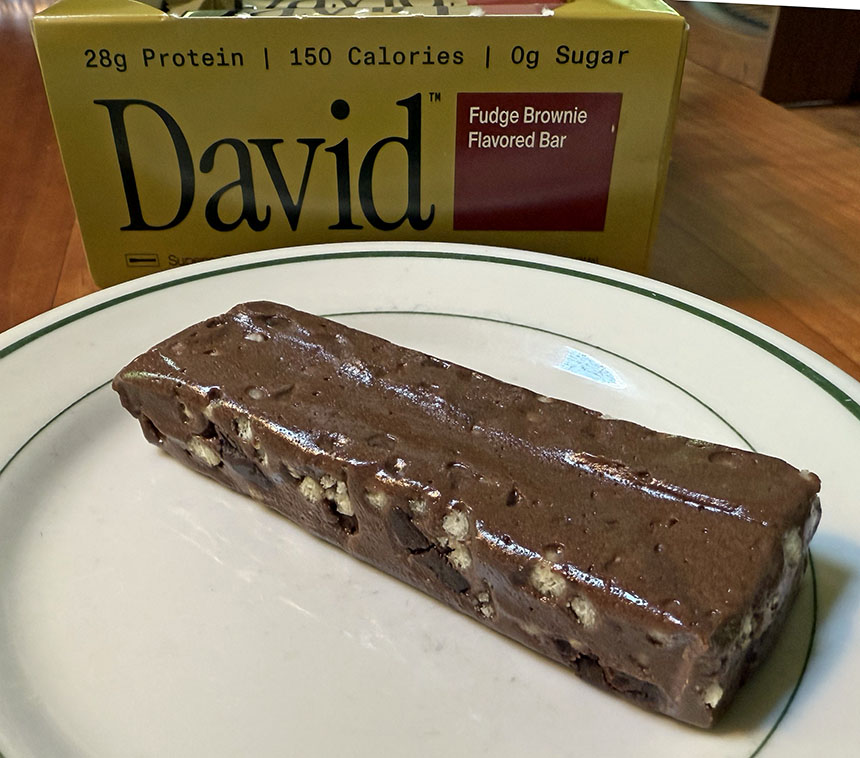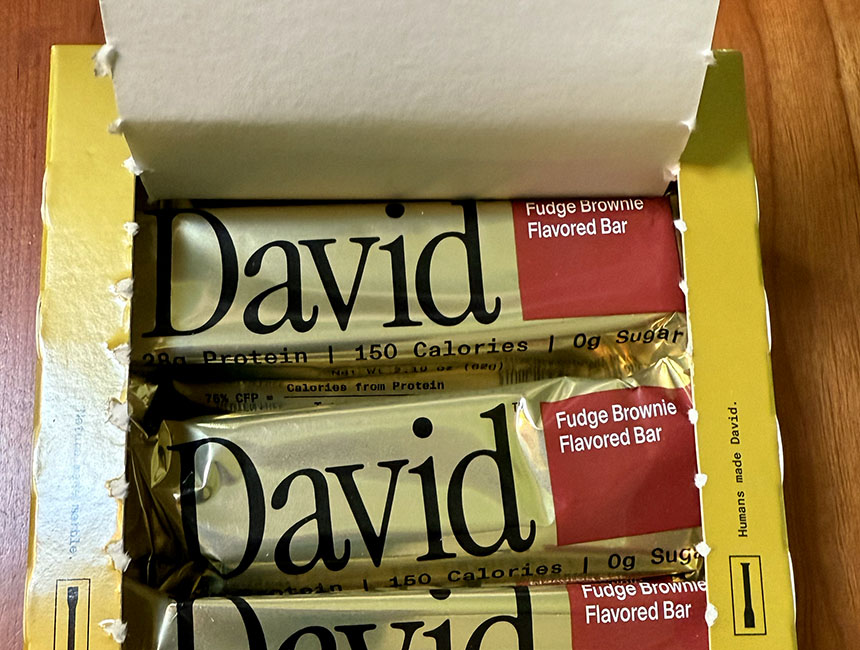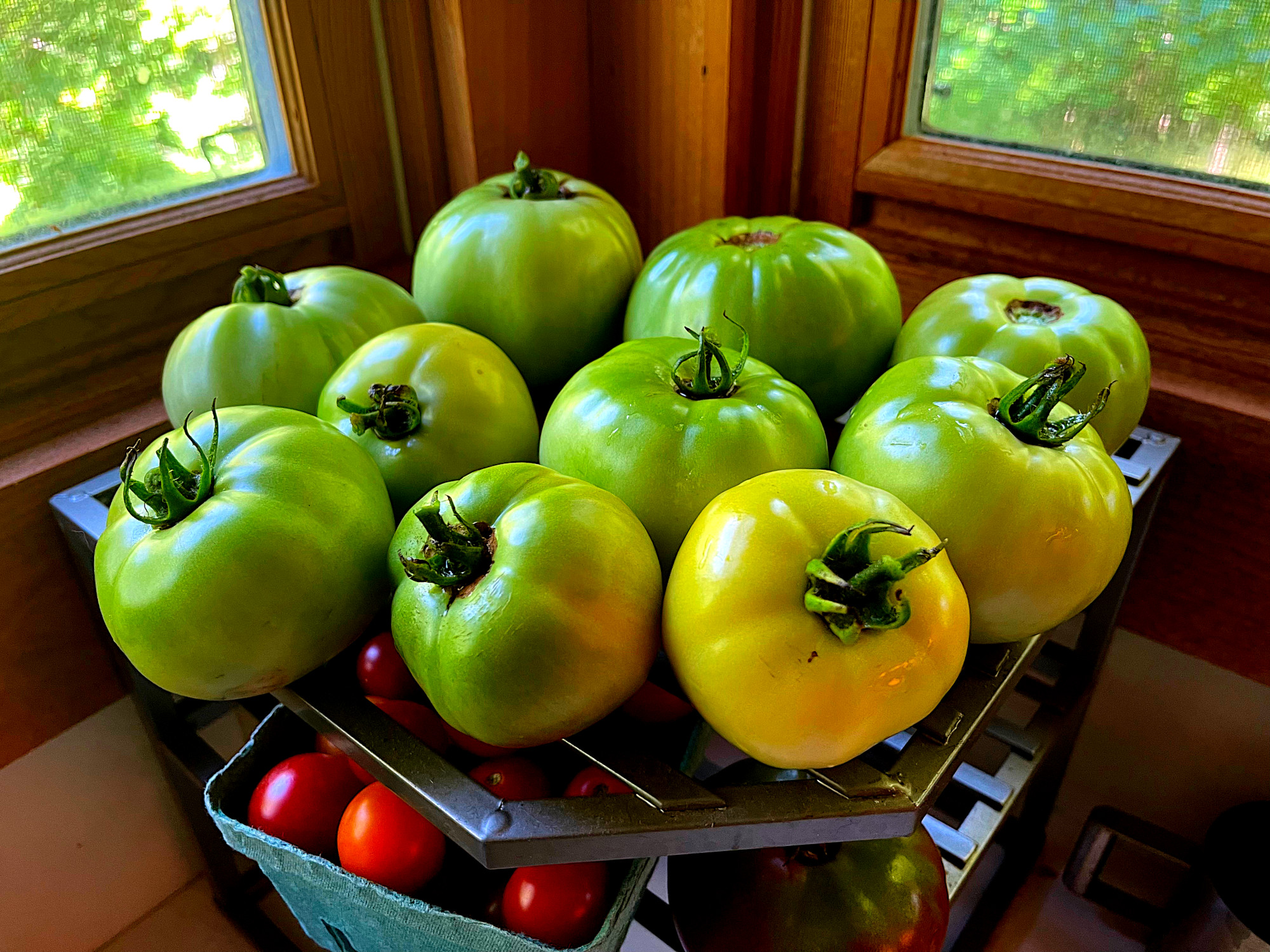
A 6-inch Chirp wheel. Click here for high-resolution version.
If you watch children playing, you’ll see that they flex their bodies, vigorously, in pretty much every way that a body can be flexed, including their spines. We older folks stop doing that, and so we pay for it.
Last year I had a serious round of back trouble. It was so bad that I could barely stand up straight. I literally had to crawl to the bathroom at night. I crouched and waddled down the stairs in the morning to make coffee. The problem was far worse in the morning and got a good bit better during the day. After a few days I swallowed my pride and denial and went to the doctor.
A CT scan showed no obvious problem. (In fact, the doctor said, my hip joints looked very good.) The doctor could not make a clear diagnosis. It was one of two things. It might have been piriformis syndrome. That was the diagnosis I favored, because I believed I had injured the piriformis muscle with some very foolish lifting the day before the pain started. Or the problem could have been an ordinary lower-back problem, which is so familiar to so many people. Either way, the treatment was pretty much the same — physical therapy, exercise, some pain relief, and wait. The pain gradually subsided, and after a month I was 98 percent back to normal.
Little intermittent twinges persisted, though. And I knew that the doctor was right when he said that the problem would come back unless I did something about it. He recommended regularly doing the exercises that the physical therapist showed me, along with yoga. And, he said, keep walking.
I realized that the exercises the physical therapist showed me, as well as the recommended yoga moves, do pretty much the same thing. They flex the spine in every possible direction, and they strengthen and stretch the muscles around the spine. They do the things that come so naturally to children.
A few days ago I came across an article at Wired magazine, “Work Has Given Me Tech Neck. This Device Is Helping Undo the Damage.” The article was selling something (Chirp wheels). But as I watched some videos on how to use it I saw that the wheels can manipulate the spine much more intensely than yoga can do. It’s pretty difficult to flex the spine backwards. The wheel uses body weight to do that, and it can operate on the entire length of the spine including the shoulders and lower neck. So I bought one.
We older folks aren’t eager to get down on the floor. But we ought to, because it’s good for us. That alone is beneficial, I think, because we have to practice getting up. I can still do it just fine — sit cross-legged, shift forward onto the knees, then stand up, preferably without using the hands. But I avoid it.
When you hear your back making little cracking sounds, that’s a good thing! I think it means that the spine is flexing. I spend too much time at the computer. I tend to get cricks in my shoulders. I hope this will help.
Amazon has Chirp wheels as well as similar wheels from competitors.

The political situation
I haven’t posted lately about the political situation because I don’t think I have had much to add. I would emphasize, though, that as the media show their timidity and corruptibility, the intelligentsia are coming to the rescue. I rely on Substack, particularly Heather Cox Richardson, Lillian Rubin’s the Contrarian, and Paul Krugman, who posts pretty much every morning.
The timidity of the media is alarming. This morning, for example, the New York Times said that Trump “contradicted” Emmanuel Macron in a press conference at the White House. But Macron didn’t just contradict Macron. He corrected Trump’s lies (about Ukraine). He even interrupted Trump to do it, in the middle of a lie.
What’s happening is horrifying. Yet history is going to understand perfectly well what is happening, in spite of Republican and MAGA attempts to flood the zone with lies, and even though plenty of chumps still believe them. It’s the smartest and best people in the world up against a ship of fools who want to own the earth and control us all. I hate waiting for justice. But I continue to believe that we will have it.
